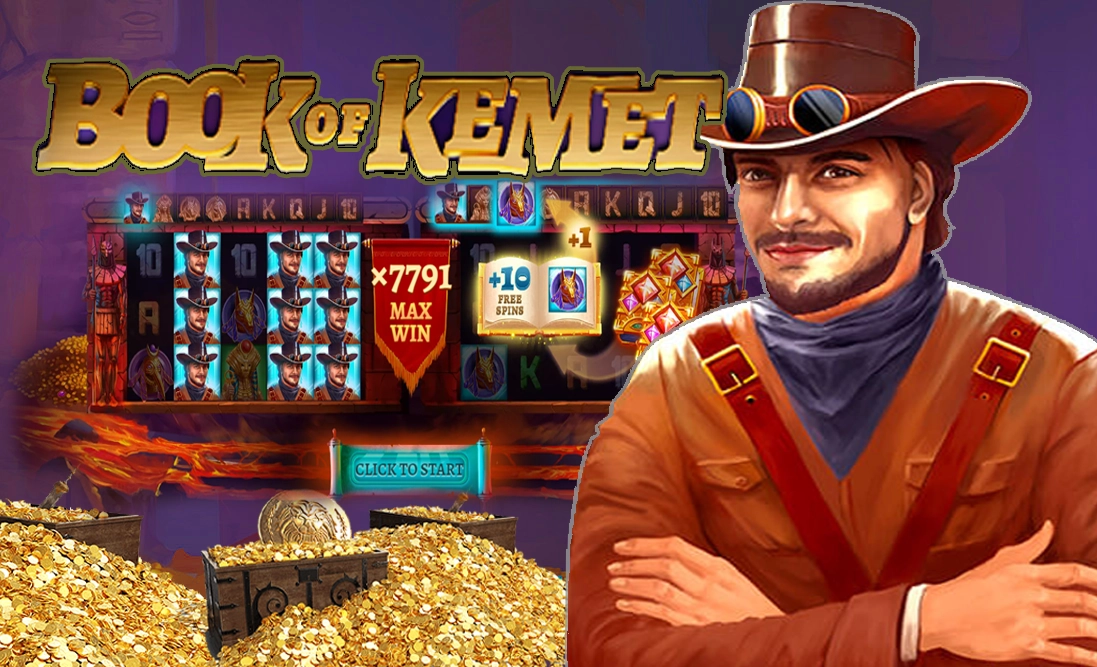The ancient civilization of Kemet, known today as Egypt, holds a wealth of secrets and wonders that have captivated historians, archaeologists, and curious minds for centuries. Among the intriguing aspects of Kemet’s culture is the influence it has had on contemporary entertainment, such as the Book of Kemet Slot Game. This modern game draws inspiration from the rich tapestry of Egyptian mythology and history, allowing players to engage with Kemet’s mysteries in an entirely new way.
Kemet’s legacy goes beyond mere historical records; it encompasses a profound understanding of life, death, and the divine, all wrapped in elaborate myths and monumental architecture. In this blog post, we will delve into various layers of Kemet’s rich past, exploring its mythological significance, historical achievements, spiritual beliefs, and how these elements intertwine with modern interpretations like the Book of Kemet j88 com Slot Game.
The Mythological Landscape of Kemet
Kemet was a civilization deeply rooted in mythology. Its gods and goddesses were integral to everyday life, embodying natural forces and human attributes. Understanding these deities provides valuable insight into the worldview and values of the ancient Egyptians.
Creation Myths: The Birth of the Gods
Kemet’s creation myths are varied and complex, often told through different regional lenses.
The most prominent story involves Atum, who emerged from the chaotic waters of Nun, symbolizing the primordial state of existence. He created the first deities, Shu (air) and Tefnut (moisture), who in turn gave rise to Geb (earth) and Nut (sky).
These stories reflect a deep connection to natural phenomena and an understanding of life cycles. The Egyptians revered their gods, believing that each deity played a specific role in maintaining Ma’at, or cosmic order. The interplay between chaos and order was essential, and these myths articulated the delicate balance necessary for life to flourish.
Major Deities and Their Significance
Kemet’s pantheon includes several major gods, each representing different aspects of life and nature.
Ra, the sun god, was one of the most important figures, symbolizing creation and growth. He traveled across the sky daily, illuminating the world and providing warmth. The Egyptians worshipped Ra through elaborate ceremonies, emphasizing his power over life and death.
Isis, another key deity, exemplified motherhood and magic. Her narratives often revolved around themes of resurrection and healing, reflecting the Egyptians’ reverence for familial bonds and the hope for eternal life. She played a crucial role in the Osiris myth, where she resurrected her husband, creating a powerful symbol of love and loyalty.
Osiris himself was the god of the afterlife, and his story underscored the importance of death and resurrection—a belief central to Kemet’s culture. His assassination by Set and subsequent resurrection by Isis became emblematic of the cycle of life, death, and rebirth, which resonated with the Egyptian approach to mortality.
Temples as Centers of Worship and Knowledge
Temples in Kemet were much more than places of worship; they were centers of knowledge and community.
The grand temples dedicated to deities like Amun, Karnak, and Luxor were not only sites for rituals but also repositories of wisdom, housing scribes, priests, and scholars. These individuals played vital roles in preserving sacred texts and astronomical observations, thus blending spirituality with science—an impressive feat that speaks volumes about Kemet’s intellectual pursuits.
Moreover, festivals held at these temples brought communities together, reinforcing social ties and shared beliefs. Rituals surrounding the flooding of the Nile or harvest season blended agriculture with spirituality, showcasing how closely interwoven these aspects were in everyday life.
